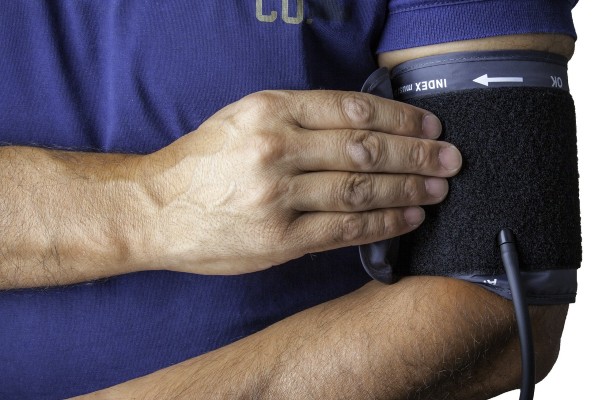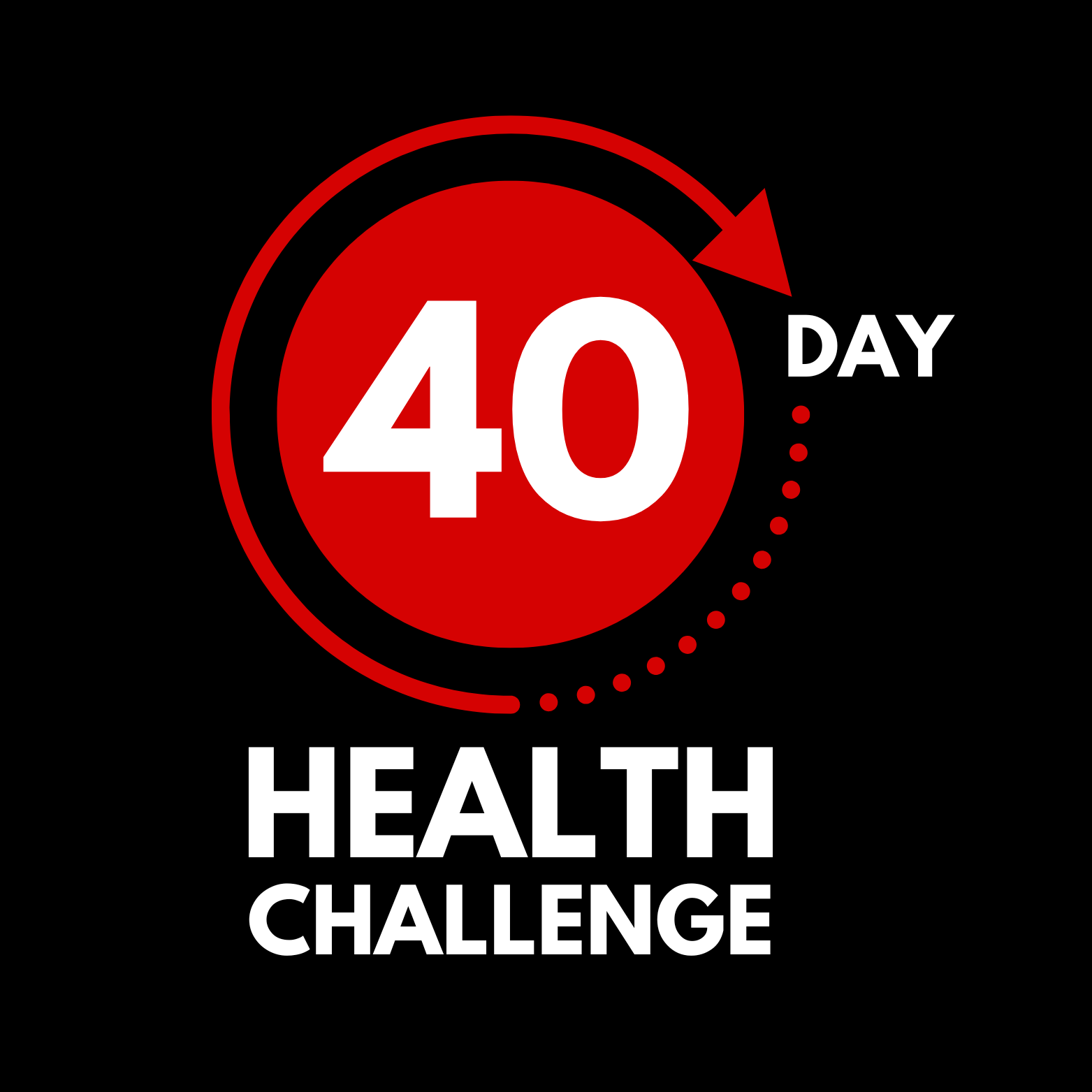
Systolic & Diastolic
When you have your blood pressure measured you will be given two numbers, a top number and a bottom number.
The higher number is when your heart pumps and forces blood through your arteries. This is your systolic blood pressure, it’s when the pressure against your artery walls is highest. The lower number is when your heart is relaxed and your blood pressure is at its lowest. This is your diastolic blood pressure.
Blood pressure is measured in millimetres of mercury (mmHg). If the first number is 120 and the second number is 80, this would be written as 120/80mmHg, and you’d call it ‘120 over 80’.
Diagnosing high or low blood pressure
Only one of your numbers needs to be higher than it should be to be diagnosed with high blood pressure, and only one needs to be lower than it should be to be diagnosed with low blood pressure.
So if your top number is over 140 or the bottom number is over 90, you may be diagnosed with high blood pressure, regardless of the other number. If your top number is under 90 or your bottom number is under 60, you may be diagnosed with low blood pressure.
Making sure your readings aren’t a one-off
A single high reading doesn’t necessarily mean you have high blood pressure, as many things can affect your blood pressure throughout the day, such as the temperature, when you last ate, and if you’re feeling stressed.
Your doctor or nurse will probably want to measure your blood pressure a number of times over a few weeks to make sure the reading wasn’t just a one off and that your blood pressure stays high over time.
If your reading is in the healthy range
If your reading is below 120/80mmHg (mmHg is the unit of measurement, it means millimetres of mercury), and you are in generally good health, there is probably no need to have further tests. This is the ideal blood pressure reading.
All adults should have another test within five years, as blood pressure can creep up over time.
If your reading is a little raised
If your numbers were between 120/80mmHg and 139/89mmHg your doctor might want to talk to you about lifestyle changes you can make to look after your blood pressure and your health.
They may also want to keep an eye on your blood pressure and your doctor will discuss with you when you should have another check-up.
If your reading is high
If your reading is over 140/90mmHg your doctor will try to find out more about your blood pressure and your overall health.
They will probably take more measurements in the same appointment to see if the next ones are any lower. They may also measure your blood pressure in both arms. If one arm has a reading much higher than the other, they will repeat the measurements. And in future will use the arm with the higher reading.
For more information on Blood Pressure check out:-
bloodpressureuk.org
irishheart.ie/how-to-keep-your-heart-healthy/blood-pressure/



